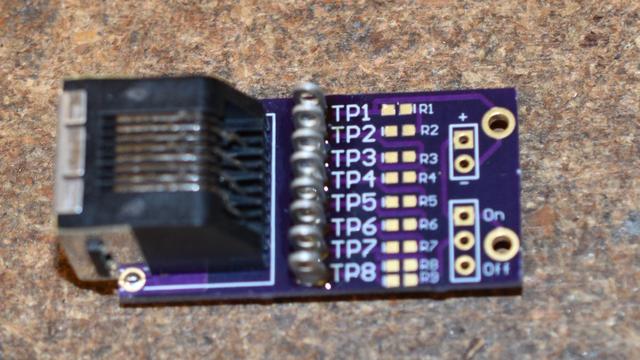Short Circuit Tracer for a Buck
Almost every meter you find today will have a continuity tester. Connect the probes and it will beep if there is a short and won't if there isn't. But where is the short? That's another problem when trying to measure a component that is connected to many other components. [Learn Electronics Repair] wanted to have a tool to find shorts on a board and wanted to build a tester that uses 4-wire resistance measurement to isolate the device under test without having to do surgery on the circuit. His $1 build appears in the video below.
The first part of the video talks about the theory behind resistance measurement with two and four wires. Let shows several diagrams, but he mentions that at one point he shows an incorrect schematic (at 12:03) instead of the early correct one (at 10:35) and mentions it, but if you are skimming the video, you might get confused.
An old video card with an introduced capacitor short makes a good demo. The meter is able to tell where the short circuit is. The probes won't win a beauty contest, but it looks workable. The measurement is actually the voltage drop induced by a constant current source, so it isn't handy to read the actual resistance, but it will show you where a branch is shorted. You could actually do this essentially for free if you have a constant current bench supply and some extra wires.
We've covered 4-wire measurements before, with a focus on how they can zero out lead resistance, but the same idea applies. If you prefer your explanations in a video, we saw one recently.
